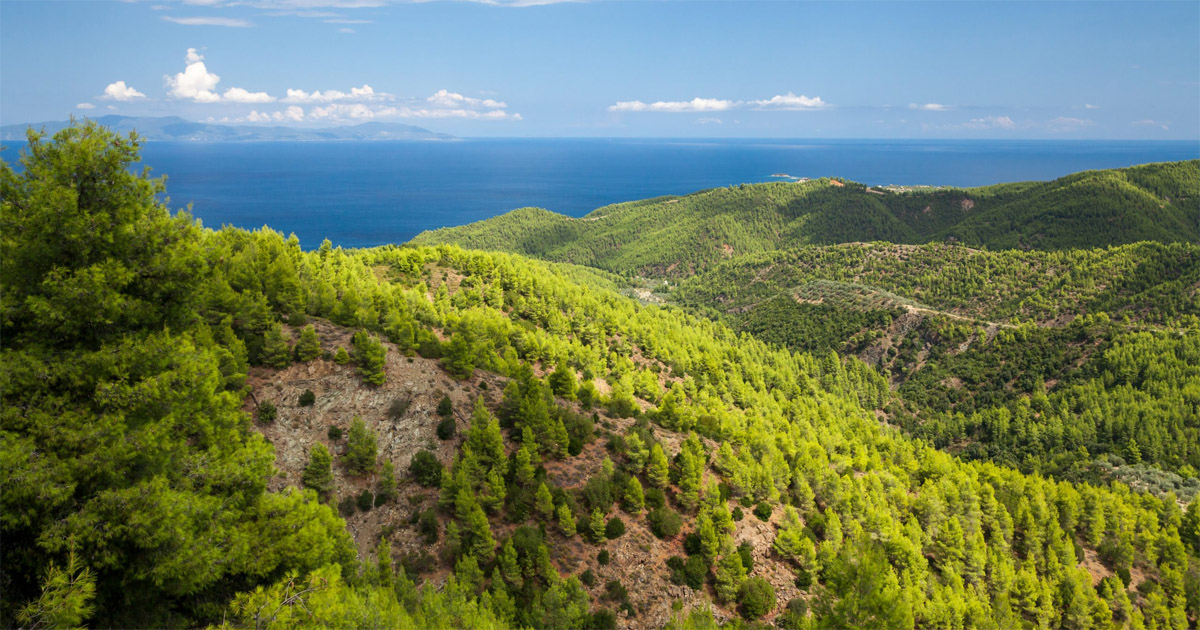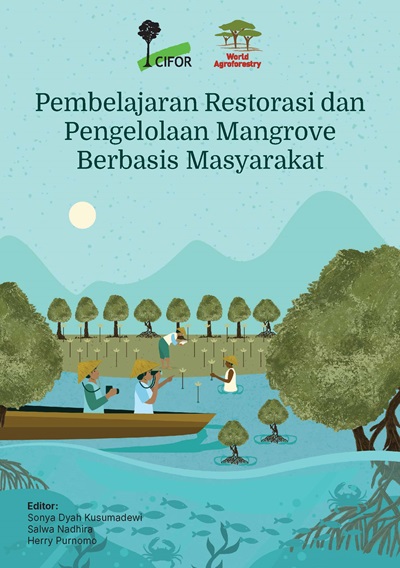While mangroves are widely recognized as a significant carbon (C) reservoir and the valued ecosystem services are inextricably linked to the C stocks and fluxes. Modeling tools haven't been available to simulate C dynamics in mangroves to inform assessments, Monitoring, Reporting and Verification for REDD+, or management and restoration prescriptions. The process-based model MCAT-DNDC (Mangrove-Carbon-Assessment-Tool-DeNitrification-DeComposition) was validated using measurements from sites in Quintana Roo, Mexico and Florida, USA. The validated model was then applied to model C sequestration in mangroves sites in Texas, Louisiana and Florida that had measured data for comparison. The model validation against aboveground biomass (AGB) showed that the simulation provided good agreement with observations with a proper slope (1.06) and small intercept (1.32 Mg ha−1, about 1.4% of observed mean); the model performance efficiency for assessing AGB was high (R2 = 0.99). Among ten C pools and fluxes validated using data from the Everglades National Park, eight components were in good agreement with the observations, and two were within the range of observation; demonstrating effective model performance (R2 > 0.95). The metrics from the model validation showed that MCAT-DNDC can be used to estimate C sequestration in mangroves within the coastal areas along Gulf of Mexico and Mexican Caribbean with good model performance. Simulated C dynamics for plots in Texas, Louisiana and Florida showed that the relationship between above-ground biomass and stand age was non-linear, and that gross and net primary productivity increased logarithmically with stand age. The differences in C components among the sites exhibited the effects of ecological drivers on C sequestration in mangroves. Simulations also demonstrated that the model may be useful in considering the effect of forest management on C sequestration. The model appears to be stable and sufficiently robust to warrant further testing with additional data and across a variety of sites.
DOI:
https://doi.org/10.1016/j.ecss.2018.04.036
Altmetric score:
Dimensions Citation Count:
























